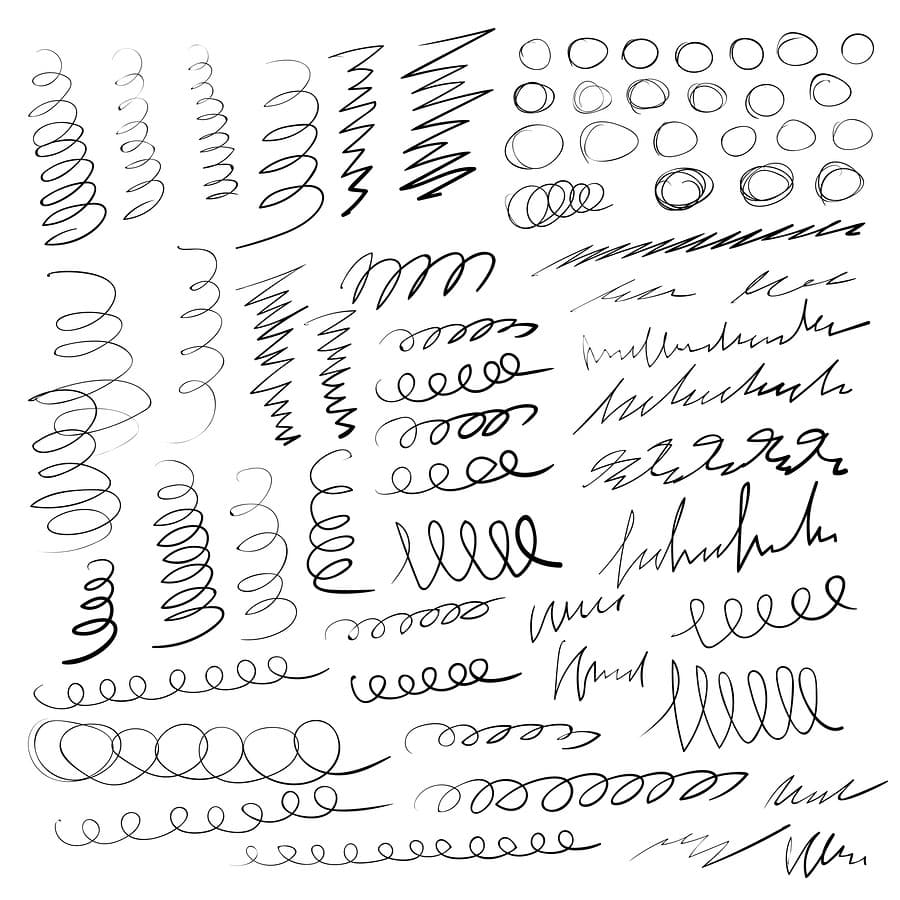We all know what interviews are. A candidate speaks with a recruiter, and then notes are passed on to the hiring manager or the team or both (provided the candidate is advancing). Again, we all know what interviews are.
Well, yes and no.
Are interviews data?
Data can be searched, sorted, and analyzed in ways that make sense to a human brain. But interviews? Not so much — at least not in the ways we typically think of and use data.
Are interviews content?
Content can be searched and plotted, and results and analyses can be drawn. But once more, interviews? We don’t often think of them that way.
Are interviews intelligence?
Units of a business that involve the word “strategy” or “intelligence” tend to get tons of attention from core decision-makers; a big player in a company will drop everything for a crucial business intelligence meeting. Are interviews, then, a form of intelligence?
What if we started thinking about interviews differently? What if we really could treat them as actual data? And why don’t we do that already?
Where Is the Disconnect?
Usually, the reason we don’t elevate interviews to the level of real business intelligence is because of the way we document them. We often present interviews as scribbled notes (or typed-out thoughts) from a recruiter to a hiring manager/team. Interviews transform into sentences and blocks of text, like what you’re reading right now.
When we think of data in a work sense, we think of:
- Spreadsheets
- Tabs
- Rows
- Cells
- Manipulatable
- Excel, Tableau, Google, Salesforce, etc.
It’s a jump for our brains to say that thoughts from a recruiter are data or intelligence because we’re so accustomed to data looking a certain way and being tied to a certain vendor.
As a result, interviews can feel like subjective black boxes both internally and externally. Candidates think: Why did they ask those questions? And why did I just have three consecutive interviews asking those same questions? Meanwhile, hiring managers look at recruiter notes and think: What was asked here? Why was this asked? Why wasn’t that asked? What’s the context? Sheesh…
Are good candidates still ending up at good companies? Sure. But it’s more out of luck than structure.
Rethinking Interviews As Data
Here’s how to transform interviews into real data — and what may happen as a result:
Involving the Most-Involved People
Some of the smartest, most-involved, most-connected people in a business — people who really know the culture of the place and what it takes to be a good employee there specifically — are not involved in the hiring processes until much later stages. This is a real problem.
If we had fully-transcribed, audio-recorded, cloud-saved, question-divided-and-clickable interview breakdowns (so you could choose which answers to listen to), we could then send those breakdows to SVPs in the form of real intelligence. They can sort and compare the answers of two to three candidates; heck, if they want, they can compare the questions being asked by different recruiters. (Sure, your screening may already involve structured interviews, but your recruiter interviews are likely still all over the place.)
Point is, you can’t have someone making mid-six figures be in initial screens and interviews, but you can send them interview notes as data to consume and analyze on their own time as a way to involve them in the process much earlier. (All this can be done at a low cost, too.)
Improving Recruiters
When interviews are black boxes of amorphous notes and little feedback, it’s hard for recruiters to get better at their jobs. But what if you can have real-time (or slightly-later) feedback for the recruiters on cadence of questions, phrasing of questions, and follow-ups?
The sad truth about recruiters who’ve been at their jobs for decades is that many of them learn one interview approach and never know if or how it’s successful. Now, we can coach and train recruiters to be better interviewers, but only based on data. And we can only do that if we start thinking of interviews as real data.
In other words, if you adjust the thinking, you adjust the outputs.
Improving Candidate Experience
Ever applied for a job and waited four to five weeks to finally connect with a hiring manager, only to realize you could never work with this person? It happens more than we admit.
So much of candidates’ time is wasted in many hiring processes. Candidates have to sit around and wait while notes are passed around, often with limited context, and that’s after they applied (often via a lengthy application), did an assessment, did a one-way video call, did the phone screen… Weeks and weeks end up adding up.
The best people get snapped up quickly by companies with better, more streamlined hiring, even in today’s market filled with large numbers of unemployed. And so candidate experience is partly about maximizing speed without sacrificing quality. By transforming interviews into data, internal stakeholders can review information more quickly, and hiring managers can get back to candidates sooner.
Here’s the bottom line: If we’re truly so data-driven these days, and companies are built by the work of individuals, and recruiting is the process by which talented individuals arrive at companies, shouldn’t interviews, which are the cornerstone of recruiting, be a form of data too?
